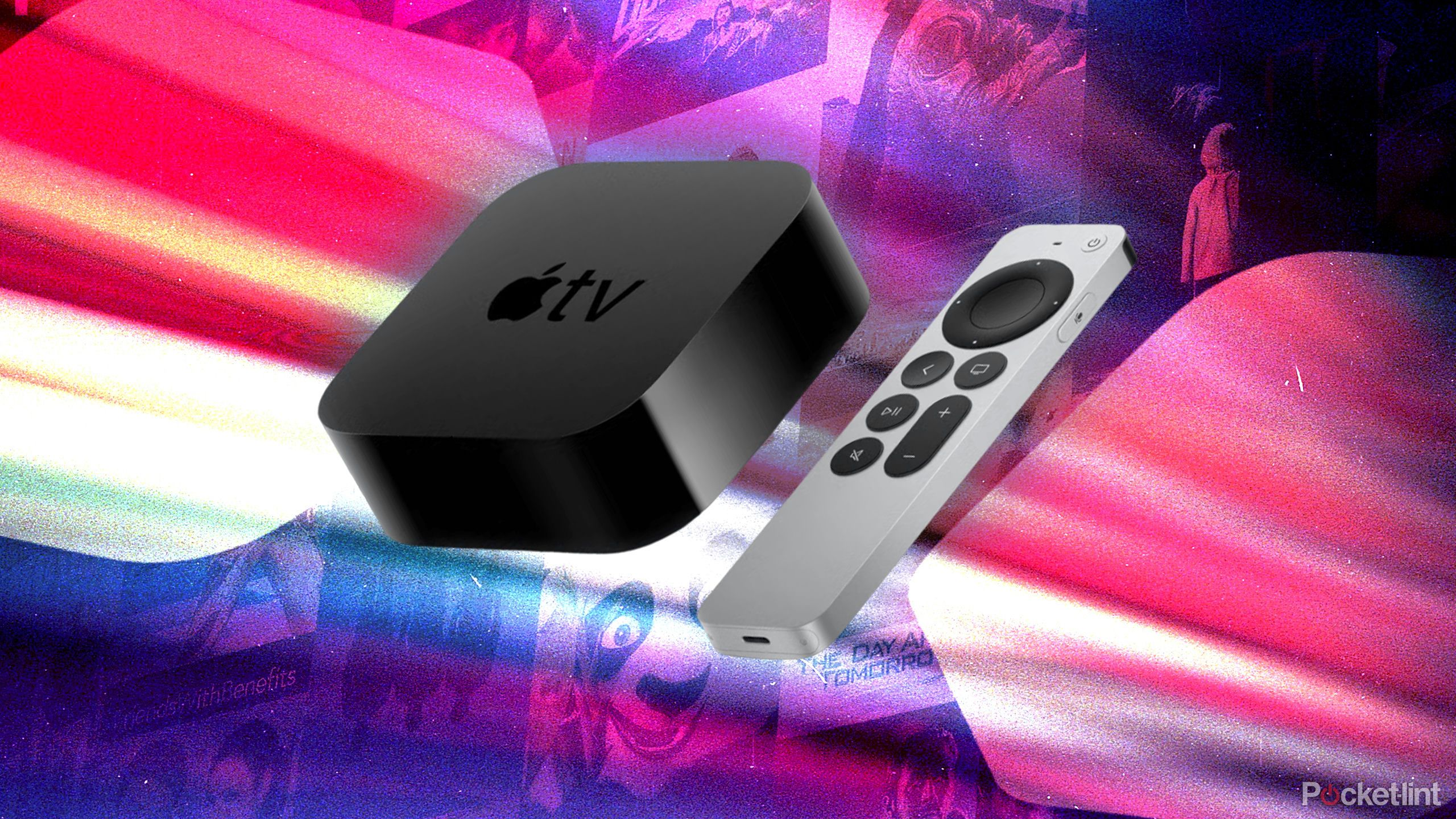Xiaomi SU7 vs BYD Seal vs Tesla Model 3: Battery, Range, Dimensions Compared

Xiaomi, which is best known for its consumer electronics division, drew global attention with the launch of its first-ever car, the all-electric Xiaomi SU7. One of the key reasons why the SU7 has attracted eyeballs is that despite being the first car from the Chinese electronics giant, it already appears to have the specifications and features to go toe-to-toe with cars from established manufacturers. But how does it compare to the BYD Seal – which was recently launched in India at a competitive price – and the Tesla Model 3, which is one of the best-selling electric cars in the world? Let’s take a look.
Also read: BYD Seal Crosses 500 Bookings In India In Two Weeks Since Launch
The Seal is BYD’s newest EV for the Indian market and its most expensive.
BYD Seal vs Xiaomi SU7 vs Tesla Model 3: Dimensions
BYD SealXiaomi SU7Tesla Model 3Length4,800 mm4,997 mm4,720 mmWidth1,875 mm1,963 mm1,933 mmHeight1,460 mm1,455 mm1,441 mmWheelbase2,920 mm3,000 mm2,875 mm
Also read: BYD Seal Review: Pure Electric Fun With 650 Km Range
The Xiaomi SU7 is notably larger than the Seal and Model 3
The Tesla Model 3 is the most compact electric sedan of the trio though it’s the BYD Seal that is the narrowest. The SU7 dwarfs both the Seal and Model 3 in size, being almost 200 mm longer than the Seal and sitting on a Mercedes-Benz E-Class-rivalling 3,000mm wheelbase – the Seal’s wheelbase is 80 mm shorter while the Model 3 is 125 mm shorter.
In terms of design and styling, all three cars seem to share similar proportions with flowing lines and four-door coupe-like profiles in a bid to be aero-efficient.
BYD Seal vs Xiaomi SU7 vs Tesla Model 3: Powertrains
BYD SealXiaomi SU7Tesla Model 3Power150 kW / 230 kW / 390 kW220 kW / 495 kW208 kW / 366 kW / 461 kWTorque310 Nm / 360 Nm / 670 Nm400 Nm / 838 Nm420 Nm / 493 Nm / 741 NmBattery Pack61.44 kWh / 82.56 kWh73.6 kWh / 94.3 kWh / 101 kWh60 kWh / 78.1 kWhRange510 km – 650 km700 km – 830 km511 km – 628 km
Also read: Xiaomi Rolls Out 10,000th SU7 Electric Sedan
Moving to the powertrain, it’s the new Xiaomi SU7 that offers the widest choice of battery packs. Entry-level models are offered with a 73.6 kWh unit while the range-topping model packs in a massive 101 kWh unit. The Xiaomi is also the most powerful model here with the top-spec SU7 Max developing a combined 495 kW and 838 Nm of torque from its dual motor set-up, with the 0-100 kmph sprint dusted in a claimed 2.78 seconds. The Tesla comes a relatively close second with the new Model 3 Performance developing a cumulative 461 kW and 741 Nm giving it a 0-100 kmph sprint time of a claimed 3.04 seconds.
Model 3 is the smallest of the lot though the new Performance variant packs a punch.
The BYD is the least powerful sedan of the trio with the top-spec variant developing a combined 390 kW and 670 Nm. The 0-100 kmph sprint is also done in a comparatively slower 3.8 seconds.
Also read: 2024 Tesla Model 3 Performance Unveiled; Does 0 to 100 kmph In 3.04 Seconds
Coming to the range, it’s the Xiaomi that comes out on top on paper, with the SU7 capable of offering up to 830 km of range on a single charge. depending on the variant. The BYD offers a range of up to 650 km in rear-wheel drive spec paired with the 82.56 kWh battery while the Tesla offers the lowest range of the trio at a maximum of 628 km.
One however should keep in mind that as these models the range figures are based on three different testing cycles – CLTC for the SU7, NEDC for the Seal and WLTP for the Tesla.




